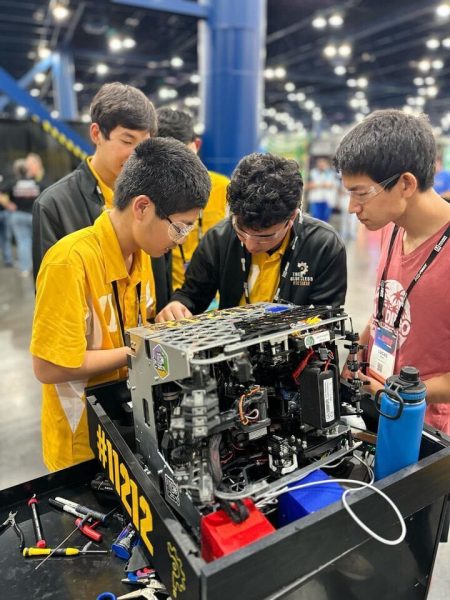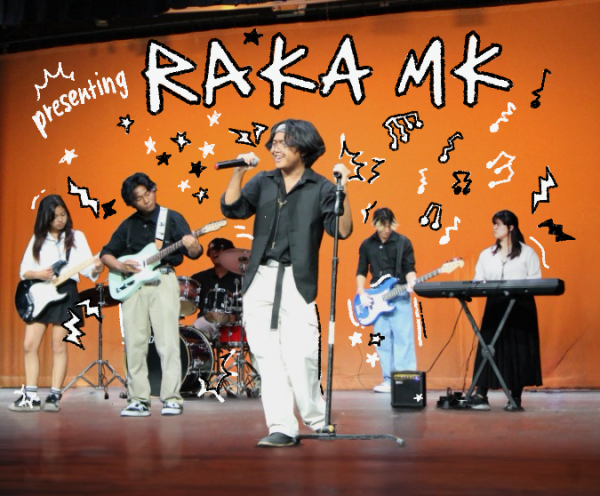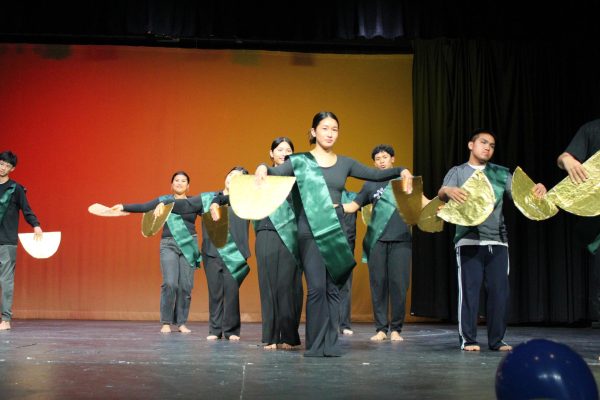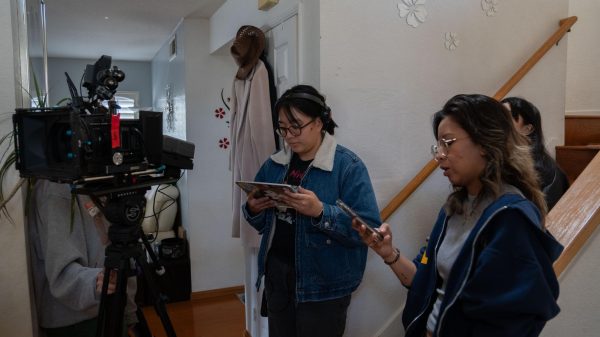Clasroom pets bring joy, offer educational opportunities
May 5, 2023
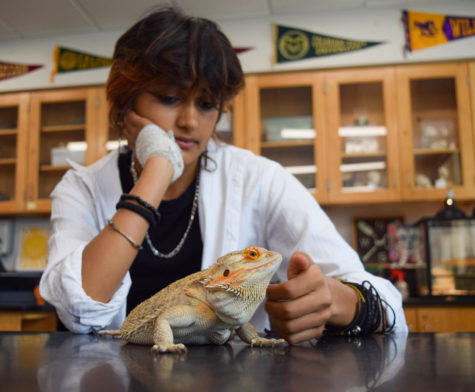
Many teachers have animals in their classrooms, ranging from fish to bearded dragons, snakes to turtles. But what role do they play?
These animals are not just for show, as science teachers, David MacMartin and Kelly Muench, integrate their animals into their classwork.
“I absolutely incorporate [the animals] into my class,” MacMartin said. “It’s one thing to stare at organisms preserved in glass jars, but it’s another to see them feeding and actively moving around.”
Having physical examples helps to cement knowledge in students’ minds. Information is easier to remember when the method in which it is delivered is memorable.
“[My class] is about to go into the echinoderm unit, which is talking about sea urchins and sea stars,” MacMartin said. “I’ve got living specimens for them to look at, and see what they eat, and to know what their requirements to survive are.”
One of the tanks in MacMartin’s classroom is a cold tank, filled with fish and invertebrates native to San Diego. MacMartin has a permit from California Fish and Game to collect these species from San Diego tide pools.
Mac Martin has never bought animals for his classroom. If he cannot obtain them sustainably from the ocean, he takes unwanted animals, usually reptiles, and puts them in his classroom. He often then adopts them out to interested students and families.
These animals provide students with comfort and entertainment at school and, if they choose to take care of the animals over break like Blue Jain (11) did, they provide companionship even outside of school. Jain, over spring break, took home Ruby, Muench’s bearded dragon.
“She’s not crazy or super excitable, she’ll just sit with you,” Jain said. “I used to take naps with her [when she was at my house] and it was really nice to know she was just sitting there.”
Jain had enjoyed Ruby’s company long before taking her in over spring break. Jain had the opportunity to bond with Ruby in Muenchs’s classroom, where the bearded dragon is a class favorite. Every day, students try to get to her classroom early to be first in the daily line to hold Ruby. Some of Ruby’s adoring fans have even made memes about the reptile, photoshopping a picture of the dragon with a Lady Gaga wig on, with the caption “rah-rah Ruby.”
“When I looked for a [bearded] dragon, I wanted to make sure that dragon was docile and gentle, and that students could bring her out and not be afraid of her,” Muench said.
Ruby sits calmly on the shoulders of those who pick her up, blinking slowly. She even lets Muench set up photo shoots with her, like during Valentine’s Day, when Muench took photos of Ruby surrounded by roses.
“With biology and Zoology Ruby becomes part of the conversation,” Muench said. “We talk about genetic differences, and how organisms adapt to their environments over many generations. With Ruby, we can ask ourselves where she came from. Because her species is used to desert conditions, I have to provide her with a warm, dry tank, and similar food [to the food in her natural habitat].
Incorporating these animals into classes, Muench uses Ruby as an example of animal defense mechanisms.
“I can point to her, and ask the class: okay, tell me some of her adaptations. Then they can touch the spines [on the side of her body] and notice that they aren’t hard, or hurting you. So you can tell she’s not in defense mode.”
The animals, while sometimes time-consuming or messy to take care of, allow students and teachers chances for bonding, and for learning about these unique creatures they would not otherwise have the chance to interact with.
“She’s the icing on top of the cake in my classroom,” Muench said. “She gives us something to laugh at, look at, observe, and learn from.”




